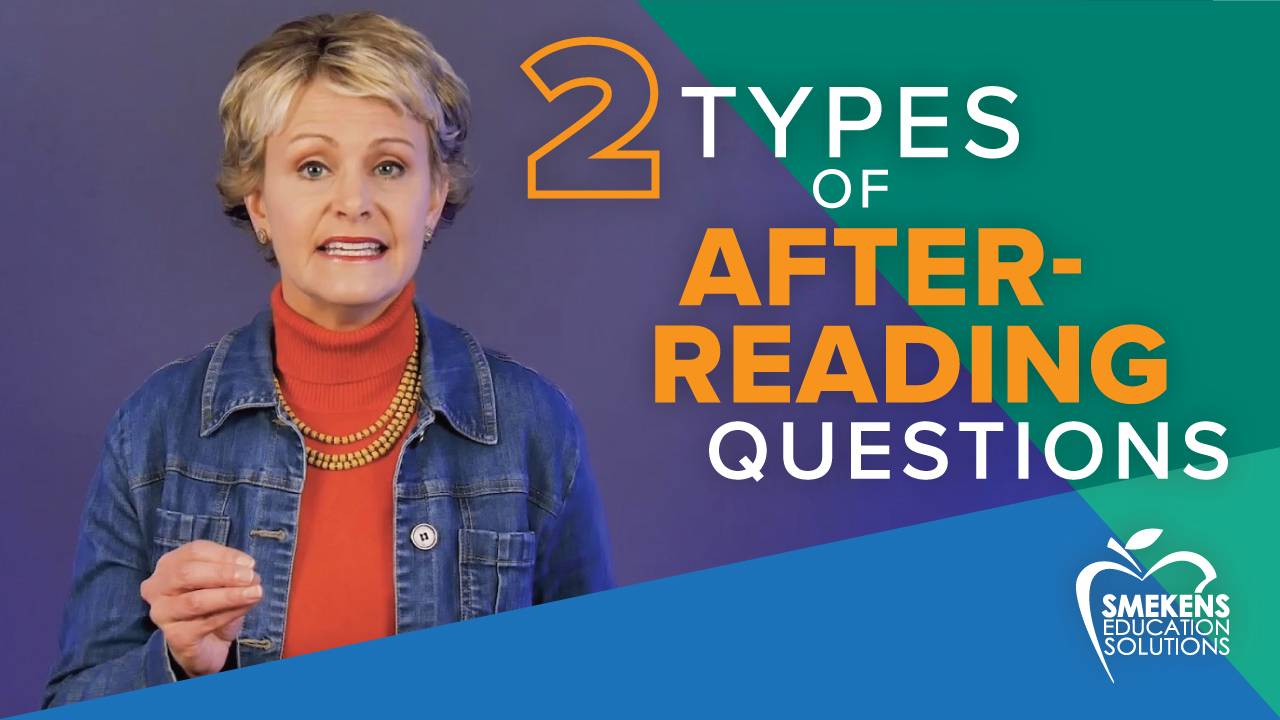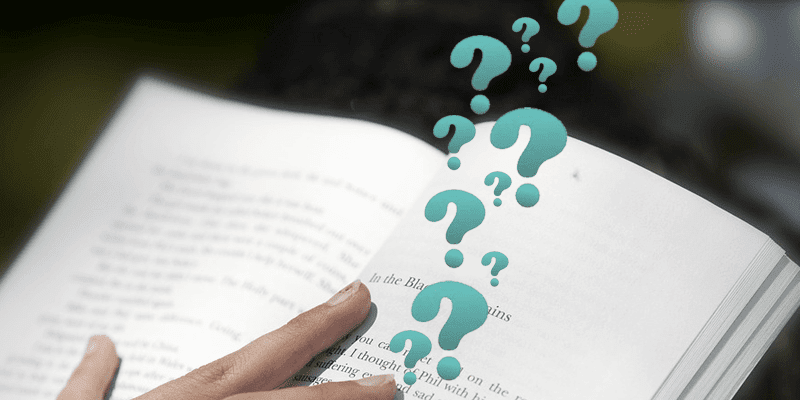Learning Center
reading
Prove reader curiosity with the right text
june 20, 2017
Demonstrate to students that they do ask questions—lots of questions—about texts. They are curious about texts and motivated to read for answers. Prove this with the following activity. [NOTE: In lieu of cookies to avoid allergens, consider another treat or surprise within the box.]
Set up the scene
Reveal a beautifully wrapped shirt box complete with ribbon and bow. While you stand poised at the board, listen as students inevitably begin asking questions. Jot their questions without providing any answers.
- What is that?
- Who’s it for?
- What’s inside?
- Are you going to open it?
- Is it clothes?
As the stream of curiosity slows down a little, approach the gift and begin unwrapping it. This act will cause a new stream of questions. Continue writing down every question asked. Without saying a word, maintain a running list of their wonderings.
Reveal the contents
As you begin to unwrap the present, pause whenever another question is asked. Show the box lid and move the box around, allowing students to hear its contents inside. Slowly lift the lid to reveal cookies that students are not familiar with. More questions ensue. Continue to log them into the growing list.
- What kind are they?
- Do they taste good?
- Who made them?
- Did you buy them?
- Are there enough for all of us?
- Can we eat them?
Wrap up the questions
While students are enjoying the cookies, conclude the activity and return to the list of questions on the board. Explain that the students were the readers, and the present was the text. The point of the lesson was to prove that they do ask questions about texts. Count up the number of questions they generated and validate that when readers are engaged in the text, they comprehend it better.
Review the list of questions. Highlight the ones that were answered (e.g., What’s inside? Are you going to open it? Can we eat them?) and those still unanswered (e.g., What kind are they? Who made them? Did you buy them?)
Remind students that sometimes a reader asks more questions than the text can answer, but the key is that they should be invested in the text enough to wonder about it.



